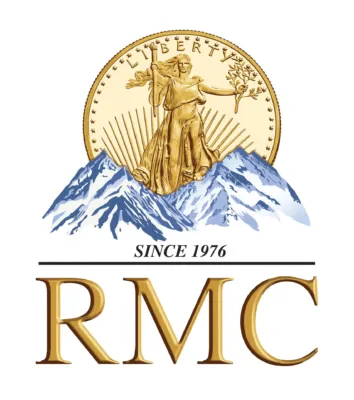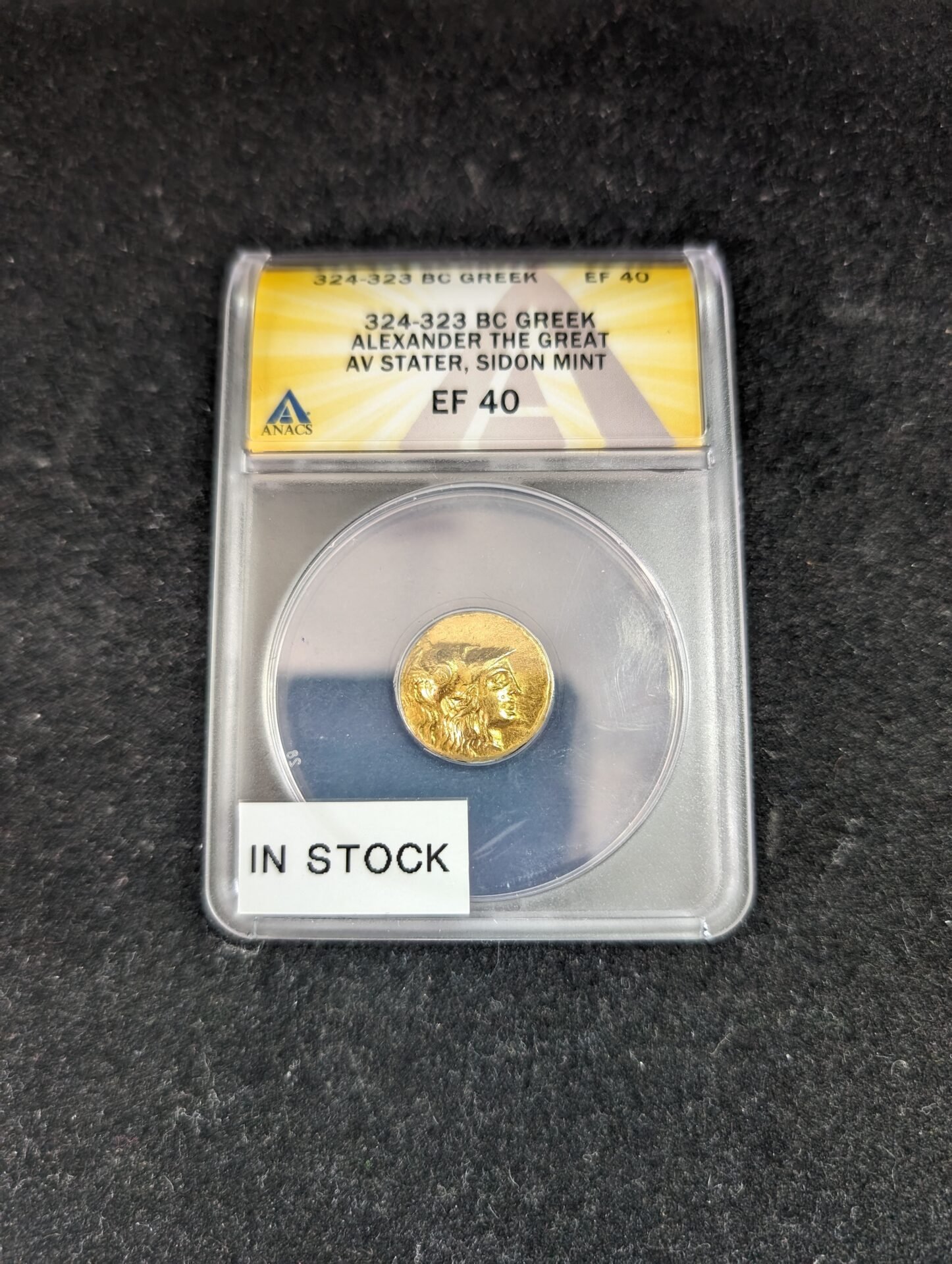6 Quick Tests to Assess Gold Authenticity
Do you want to purchase gold but aren’t sure if it’s the real deal? Or maybe you inherited a gold item and want to confirm its authenticity before you sell it. Either way, know how to spot fake gold and ensure you get the value you deserve. Discover six quick tests that you can use to assess the authenticity of gold.
- The Acid Test
The acid test is a simple and inexpensive way to test gold objects and determine their karat. Scratch the gold object on a stone and apply an acid solution to the scratch. Usually, test the gold based on the karat value indicated on it. For example, a 22-karat gold object will require 22K-based acid.
If the gold object is authentic, it will maintain its color when you apply the acid, and the scratch will be less visible. If the gold object is not real, it will turn a milky blue with exposure to the acid.
- The Vinegar Test
An alternative method to the standard acid test is the vinegar test. Place a few drops of white vinegar onto the gold object and observe if the object’s color changes. Also, you can leave the gold in a bowl of vinegar for at least 10 minutes. If the color changes, the object is not pure gold, but if the color remains the same, then the object is pure gold.
- The Magnet Test
To perform the test, you will need a rare earth magnet, such as a neodymium magnet. Simply touch the item with the magnet, and if it gets attracted to the magnet, then at least part of it is not gold. Pure gold will not attract the magnet.
You may find that only the clasp on a gold chain or collar sticks to the magnet. A spring inside the clasp might be the culprit, as it is likely a non-gold material. Even if the jewelry does not get attracted to the magnet, it may not be gold, as other non-magnetic elements can make fake gold.
- The Flame Test
You need a lighter with a constant flame for this test. Hang the piece of jewelry from a metal object or hold it using pliers with the ends covered in tape to prevent any damage to the jewelry. Once the jewelry is secure, apply the lighter flame to it for about a minute.
If the metal starts to darken, then it is likely not gold. Real, pure gold will get brighter with exposure to heat. Fake gold will darken or change color when exposed to fire. If the jewelry is gold-plated, the thin gold plating will melt and reveal the inner material. Remember not to use a strong flame, such as a blowtorch, as gold melts easily and could get damaged.
- The Scratch Test
For this test, use an unglazed piece of ceramic or a jeweler’s stone. Take the gold object and gently drag it across the surface of the ceramic or stone. The piece is not gold if the streak left on the surface is dark-colored. However, if the streak is gold in color, then the piece is genuine gold.
Be careful when you conduct this test, as it can leave scratches on the jewelry. The piece may require repair if you scratch it improperly.
- The Electricity Test
Apply a conductive gel to the metal item. After this, rub the probe of the electronic gold tester against the item. How the metal responds to the electricity will indicate whether it is pure gold. Pure gold will have higher readings than gold-plated items. Follow the instructions the tester provides to receive and read the exact results.
Contact us at Rocky Mountain Coin to buy or sell gold and other precious metals or rare coins.




